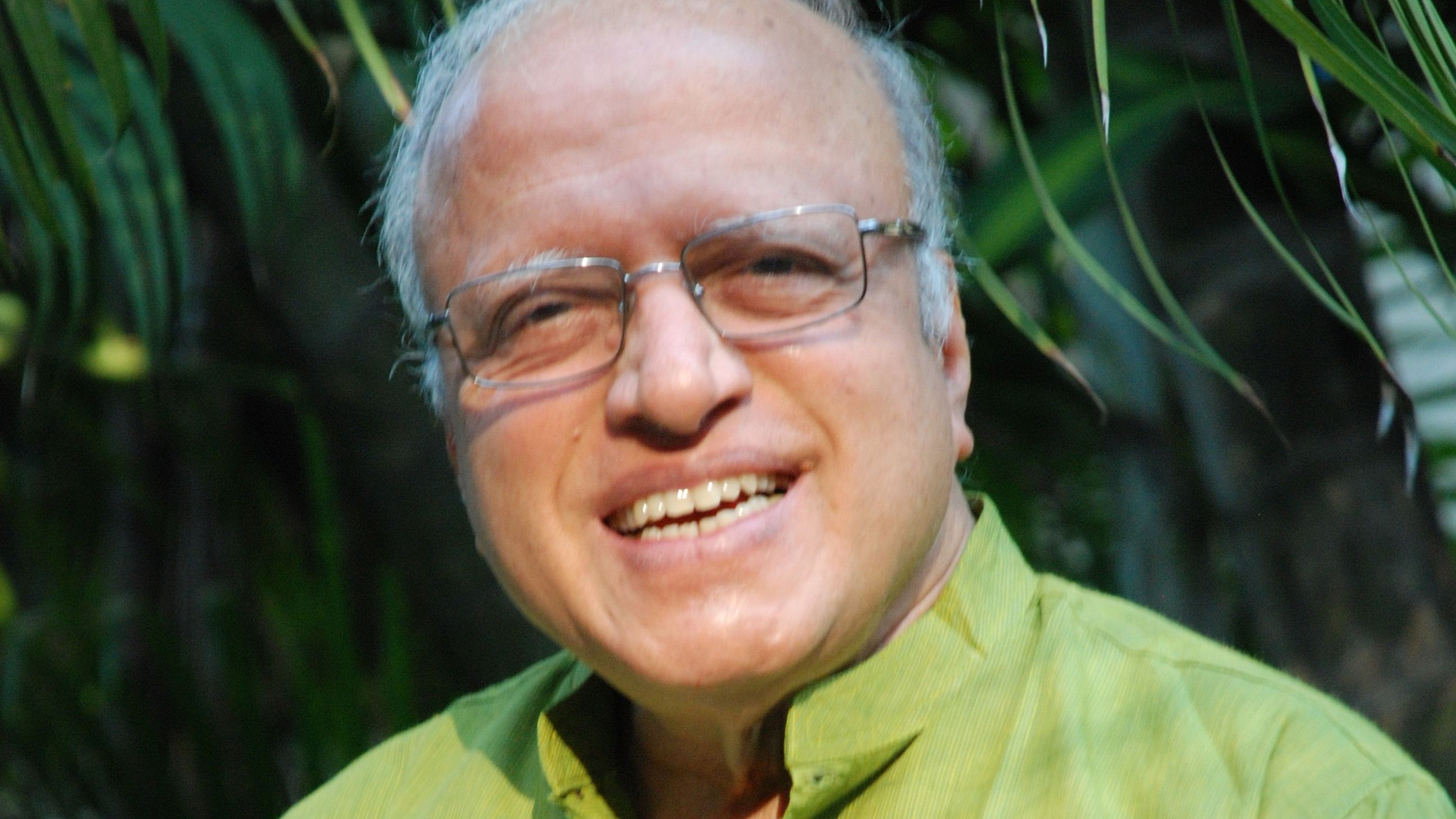
M S Swaminathan.
Credit: Special Arrangement
As a child, Mankombu Sambasivan Swaminathan wanted to follow in the footsteps of his doctor-father, but the 1943 Bengal famine that consumed the lives of millions disturbed him so deeply that he took up agricultural research and joined the Agricultural College, Coimbatore, now known as the Tamil Nadu Agricultural University (TNAU).
From then till he breathed his last at 11.20 am on Thursday at the age of 98, Swaminathan spent his long career devising strategies and developing crop varieties to improve the lives of farmers.
A strong advocate of safeguarding traditional farming practices, Swaminathan batted for environment-friendly techniques, and at the same time, encouraged the use of modern science and technology for agriculture, fishing, and rural development.
As the father of the country’s Green Revolution, Swaminathan played a pivotal role in independent India’s transformation from a food-scarce nation to one that exported grains to the world, besides lifting millions from abject poverty. He also actively pushed for the involvement of women in agriculture, making them an integral part of the community.
His efforts helped attain a huge jump in the production of rice and wheat in the 1960s and 1970s.
Swaminathan, who had profound respect for the farming community, believed every farmer was a scientist who used his land as the “experiment field.” A Gandhian, Swaminathan leaves behind three daughters – Soumya Swaminathan, Madhura Swaminathan, and Nitya Rao, besides an invaluable asset in the M S Swaminathan Research Foundation (MSSRF).
Born on August 7, 1925, in Kumbakonam in the fertile Cauvery Delta region, Swaminathan did his initial schooling there before graduating from Maharaja’s College in Thiruvananthapuram. After serving in various capacities as a scientist in several countries, Swaminathan returned to India in 1957 to produce “enough food” in his homeland.
Someone who believed in sharing his knowledge with the masses, Swaminathan published hundreds of articles on various topics and even joined Twitter, now X, to interact with people.
By developing and advocating the use of high-yielding varieties of rice and wheat, pushing for mechanisation of agriculture, and convincing farmers to use chemical fertilizers and pesticides, Swaminathan’s Green Revolution not only ensured a quantum jump in food production but also placed India as one of the leading countries in agriculture.
He played a key role in developing high-yielding varieties of rice that allowed small and marginal farmers to produce the crop in abundance and worked closely with Norman Borlaug, a celebrated American farm scientist and 1970 Nobel Laureate, on developing high-yielding wheat varieties.
Swaminathan’s focus was making agriculture sustainable for farmers as well as ensuring food security and eradicating poverty and hunger. He vociferously supported the self-sustenance of farmers and pushed for greater public investment in agriculture like helping them build small warehouses in their own villages.
“He used every platform to be the voice of the voiceless farmers, be it his reports or his tenure as a Rajya Sabha MP. We continue to cite the reports submitted by him between 2004-2006. I honestly believe Indian agriculture suffers because we never listened to him. The powers-that-be imbibing his ideas will be the best tribute we pay to him,” Development Economist Santosh Mehrotra told DH.
Mehrotra said Swaminathan was a “source of inspiration” for he was “actively involved” in improving the lives of others, despite his old age. “He was a remarkable man and it is very difficult to match his level of scientific energy and scientific temperament,” Mehrotra added.
Swaminathan laid major stress on bridging the yield gap between states in respect of several crops. His path-breaking research on global food security got him several national and international honours – he was conferred with Padma Shri, Padma Bhushan, and Padma Vibhushan and the prestigious Ramon Magsaysay Award.
Swaminathan always ensured the prize money he received was spent for the public good. MSSRF, which aims to accelerate the use of modern science and technology for agricultural and rural development, was set up with proceeds from the First World Food Prize he received in 1987.
The ’Touch and Smell Garden’ at the MSSRF headquarters in Chennai will stand forever as a testimony to Swaminathan’s stress on inclusivity, a rare trait of the renowned scientist, which many aren’t aware of.
The garden, which was funded by Swaminathan from the prize money he received from the Indira Gandhi Peace Prize in 1999, allows the visually challenged to smell leaves and flowers with the help of technology.
A person who always had his ears to the ground, Swaminathan will be remembered for his simplicity besides his professional achievements – one could see him walk to the desk of his junior colleagues and spot him in a corner of the MSSRF canteen at lunch break.
Dr Israel Oliver King, Director – Biodiversity, MSSRF, said for him Swaminathan will always be a “humanist” first. “He wanted development and sustenance to go hand-in-hand. His heart always beat for the poor. That’s the reason why MSSRF follows a pro-poor, pro-women and pro-nature approach,” King told DH.